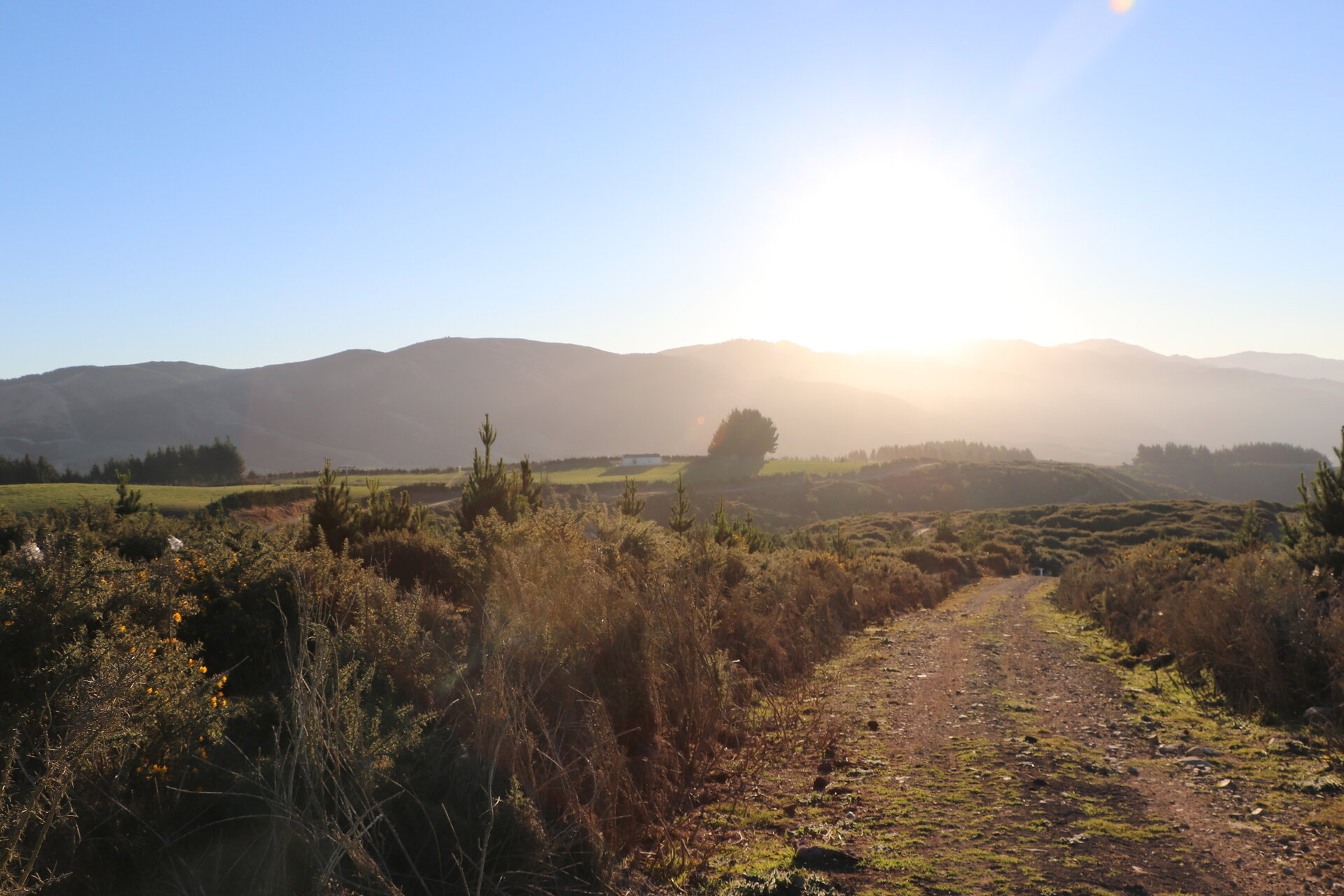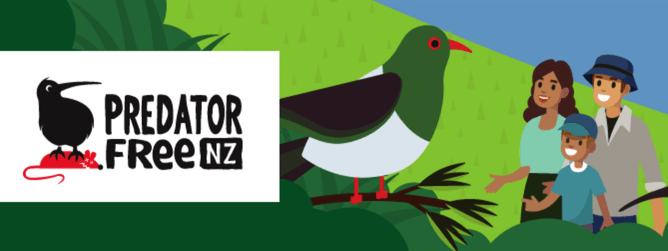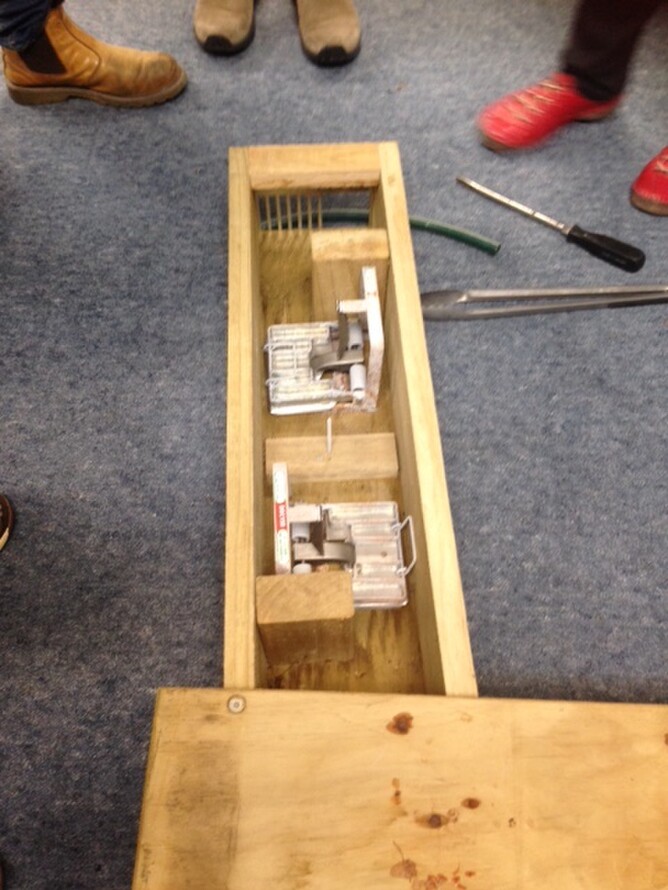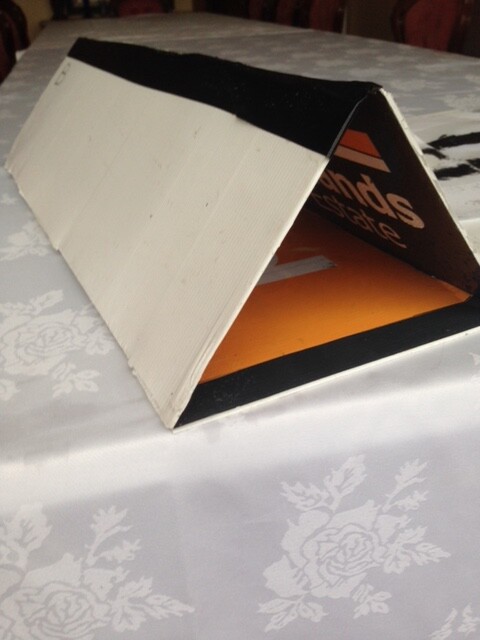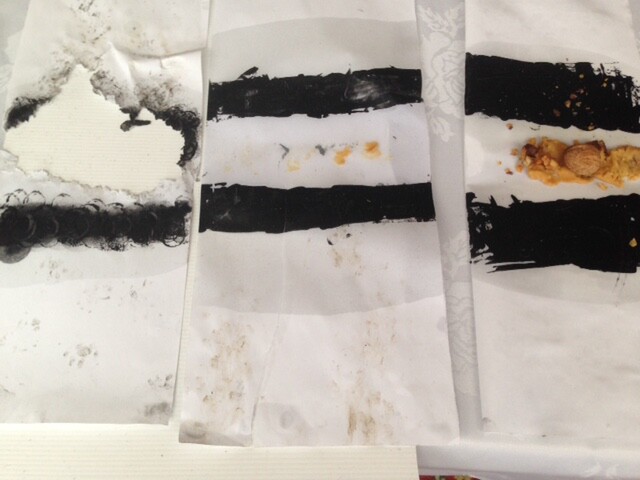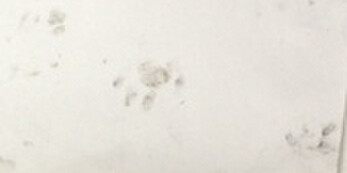Experiencing Our FIRST Predator Trapping Workshop!
Predator Free NZ 2050.....It's quite a challenge as we all know, but there are more and more volunteer groups getting involved in some form of monitoring and trapping...so yes...if we all deal with our own "backyard"...it just might be possible to reach this target of NZ predator free. (Click the link to learn more!)
So...Gary and I just attended a Free DOC run Workshop in Geraldine "Introduction to predator trapping ". Apparently this was the 4th Workshop in as many months and was run as an extra session as they were proving to be very popular and completely filled for each session.
It was an excellent Workshop, with 5 DOC personnel (thanks to you all!) providing a 2 hour overview of the introduced predators to New Zealand ...their prey and their psyche as to what is tempting to them when used as bait in the trapping process.
We split into small groups with a DOC officer guiding us through a very careful hands on session in handling and priming the various traps.
Frankly.... It's quite a sobering experience! These are powerful traps and you certainly have to know what you are doing to prevent dreaded "panini sandwich fingers".
But all fingers and toes still present and accounted for ... the presentation showing what each of the predators feed on and their particular prey (birds, eggs, invertebrates etc) and the extensive amount of damage and decimation they can inflict. To my mind that alone is convincing enough that the pursuit to eliminate them is worthwhile.
Traps are given an approval check to ensure they are "humane" in dispatching prey. Stoats seemingly are top of the predator list with others being two types of rats, weasels, hedgehogs, mice and wild cats.
TRACKING WHAT IS LURKING AROUND OUR PLACE: a set of footprints will reveal all
By setting some tracking devices its possible to check. I've been busy since the workshop creating several home made MONITORING stations made out of corflute (thank you to our local Real Estate Agents who kindly donated old signs) and then fashioned a triangle shape with tape.
On a sheet of white paper, I smeared some peanut butter in the centre (and a bit of chocolate or a whole walnut as rats love it) and the either side of this I spread a bandwidth of black oily Tracking Ink.
I then affixed the paper into the triangle tunnel with bluetack and placed in our garden areas where I suspected predators have been hanging around at night time.
The next day I checked on my handiwork... would you BELIEVE the whole of the centre bit of paper with the peanut butter had been eaten! Bait, paper and all... leaving two ends of paper with black footprints! (Possum perhaps?!) But must have been a small one!
I've now got several monitoring contraptions around the garden to check and see what else visits during the dark hours! Takes a bit of patience as rats in particular are very cautious, and sometimes take a while before they are tempted to enter the tracking station to feed.I will keep checking them regularly and if successful I will be able see different sets of tracks and can identify who are the main visitors we have wandering into our backyard on the fringes of the Ecosanctuary!
Bye for now,
Ann
Ann is one half of Point Bush Ecosanctuary, alongside husband Gary. A lover of tropical temperatures, a permanent British expat since the age of 18, and happiest when discovering local history and culture wherever she goes.
You can connect with Point Bush on Facebook and Instagram to see more photos and behind the scenes snippets.
